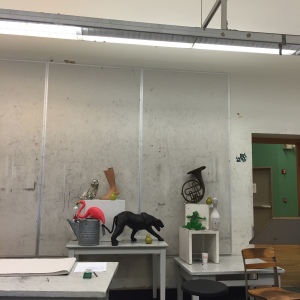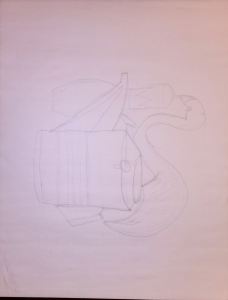In the last few years, translingualism has emerged as a key concept in literacy and writing studies as a way of redefining language use in ways that account for not only dominant/marginalized discourse practices, but also the multi-lingual and hybrid practices in between. In his introduction to the collected volume on translingualim, Literacy as a Translingual Practice, A. Suresh Canagarajah provides a tentative outline of the term translingualism, while noting, nonetheless, that it is too early for a full definition.
- All discourses/texts are hybrid – translingualism is a stronger term than code-meshing or hybridity
- “If code-meshing draws attention to difference, the translingual orientation also emphasizes difference-in-similarity” (4)
- “‘translingual practice’ is emerging as a term that accommodates hybrid practices without ignoring the inherent hybridity in products that appear on the surface to approximate dominant conventions. The orientation thus enables us to discern agency and voice of both multilingual and monolingual writers in textual products that have varying relationships to the norm” (4)
- Translingualism emphasizes practice because we lose a sense of sharedness when we consider multilingual communities
- Textual form on its own cannot produce meaning; translingualism emphasizes the importance of seeing literacy practices as emergent and primary over form in the construction of meaning. This is in contrast to monoloingual views, which emphasize form or grammar in the construction of meaning. (4)
- While translingualism heightens the attention paid to place and practice, it does not fully set aside form. Rather, “form is shaped for meaning in relation to these ecological, social, and contextual factors” – form can no longer be taken for granted (8).
- Translingualism emphasizes dispositions – similar to Bourdieu’s concept of habitus
- Dispositions include “assumptions of language, attitudes towards social diversity, and tacit skills of communication and learning” (5).
- Place/space play constitutive and emergent roles in translingualism (6)










